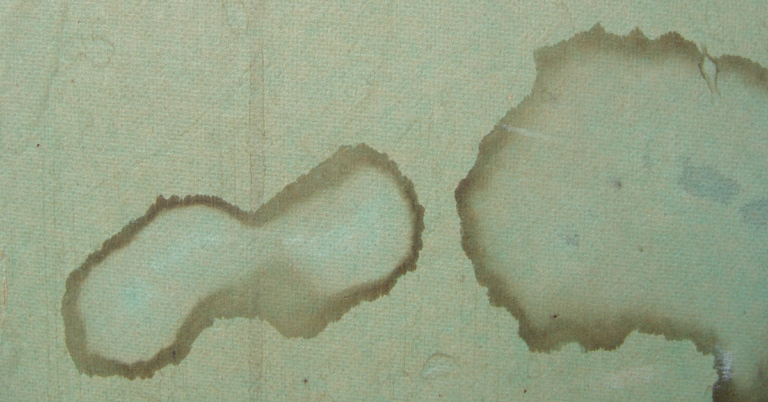These stains are commonly found in the kitchen: on cutting boards and tabletops. They are usually caused by drops of drinks or food. These stains can be easily wiped off with a damp cloth and do not require additional cleaning agents.
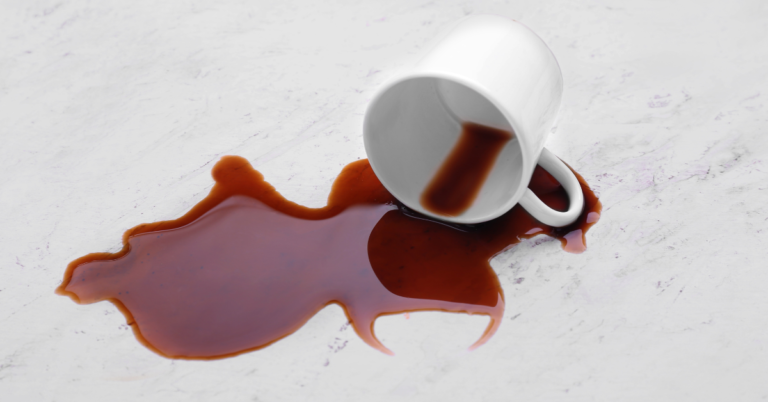
Grease and oil stains are also commonly found in the kitchen – near stovetops and sinks. Contrary to popular belief, grease is not soluble in hot or cold water. Water temperature can only make them softer and easier to scrape off. However, to remove them completely, additional cleaning agents such as soaps or alkaline cleaning agents must be used:
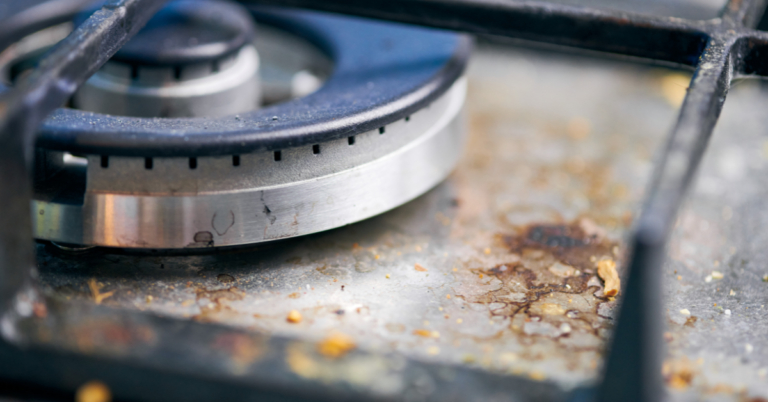
Limescale stains are usually found in bathrooms and inside kettles. Stains are caused when water evaporates and leaves behind water-soluble substances that settle and stick to surfaces, usually in bathrooms and kettles. They can be cleaned with a large stream of water and a cloth, but it is more efficient to use cleaning products:
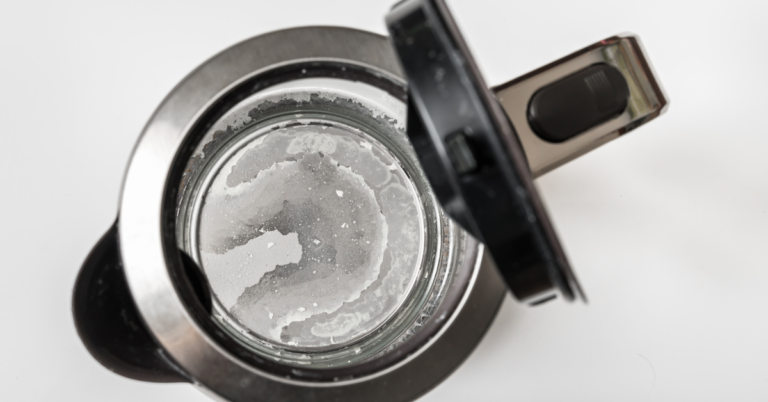
Mold stains are often found in bathrooms and around window frames. These stains also tend to appear in poorly ventilated, damp rooms. These stains are difficult to remove as they often become embedded in surfaces and cannot be removed with conventional cleaning products. Mold can be cleaned:
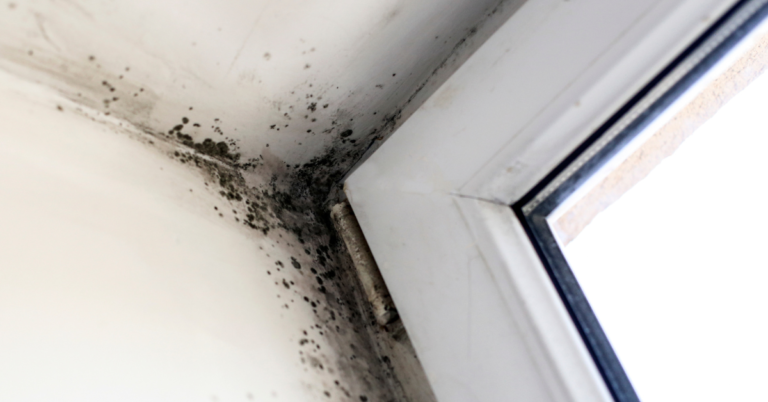
Soap stains are common in bathrooms, especially on mirrors. These stains can be cleaned with a damp cloth, but in the case of mirrors, this can leave streaks on the glass. It is therefore preferable to clean the glass with special products:
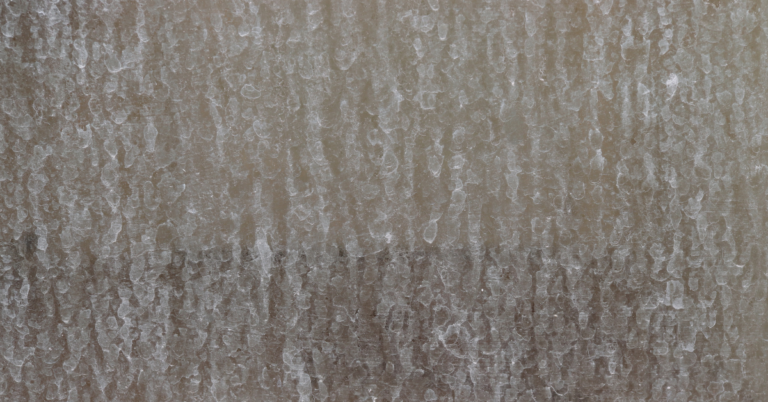
Extremely stubborn stains can be found in almost all areas of the home. These stains are usually made up of several of the stain types described above. Often people get used to them and neglect them. With Cleanosil cleaning products, you won’t have to be subjected to dirt anymore:
